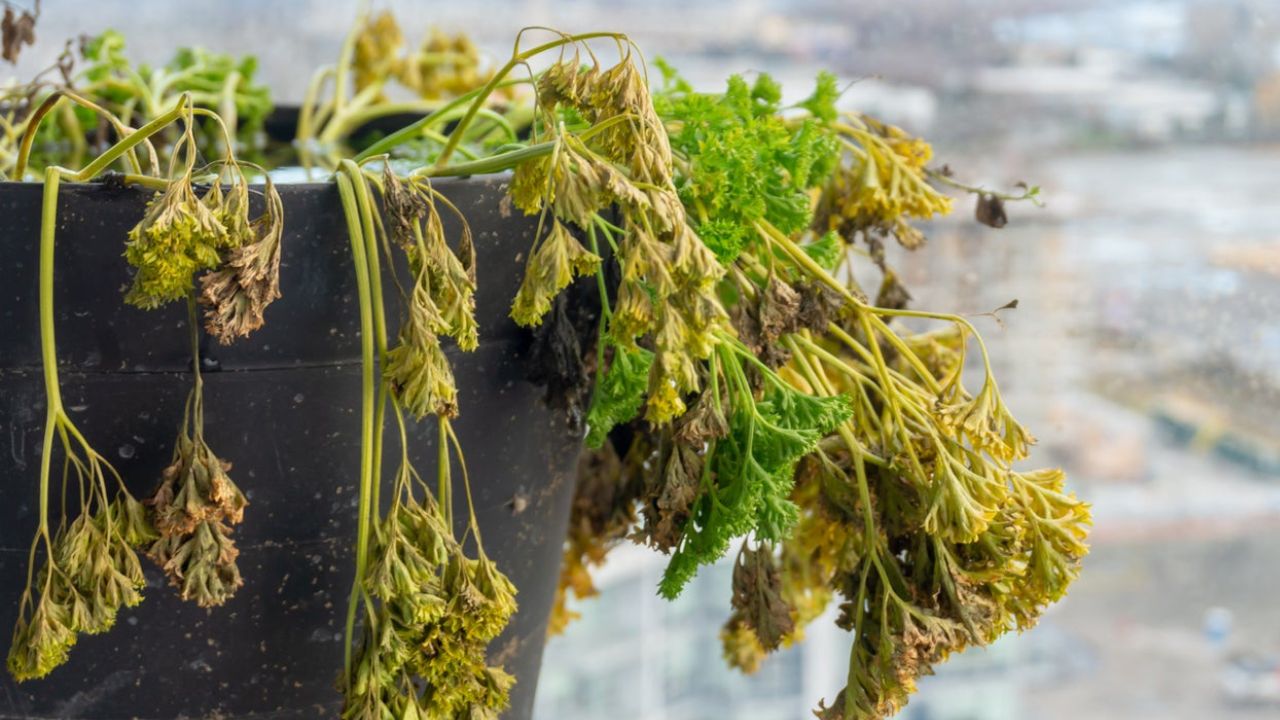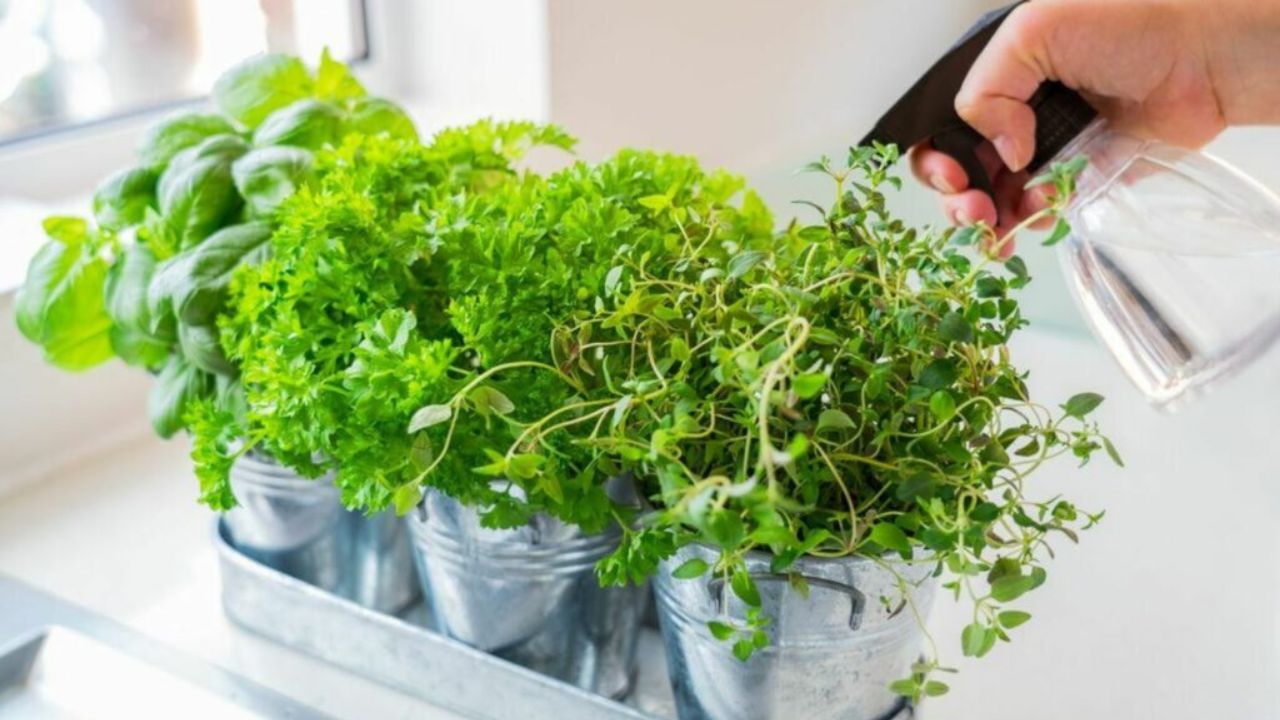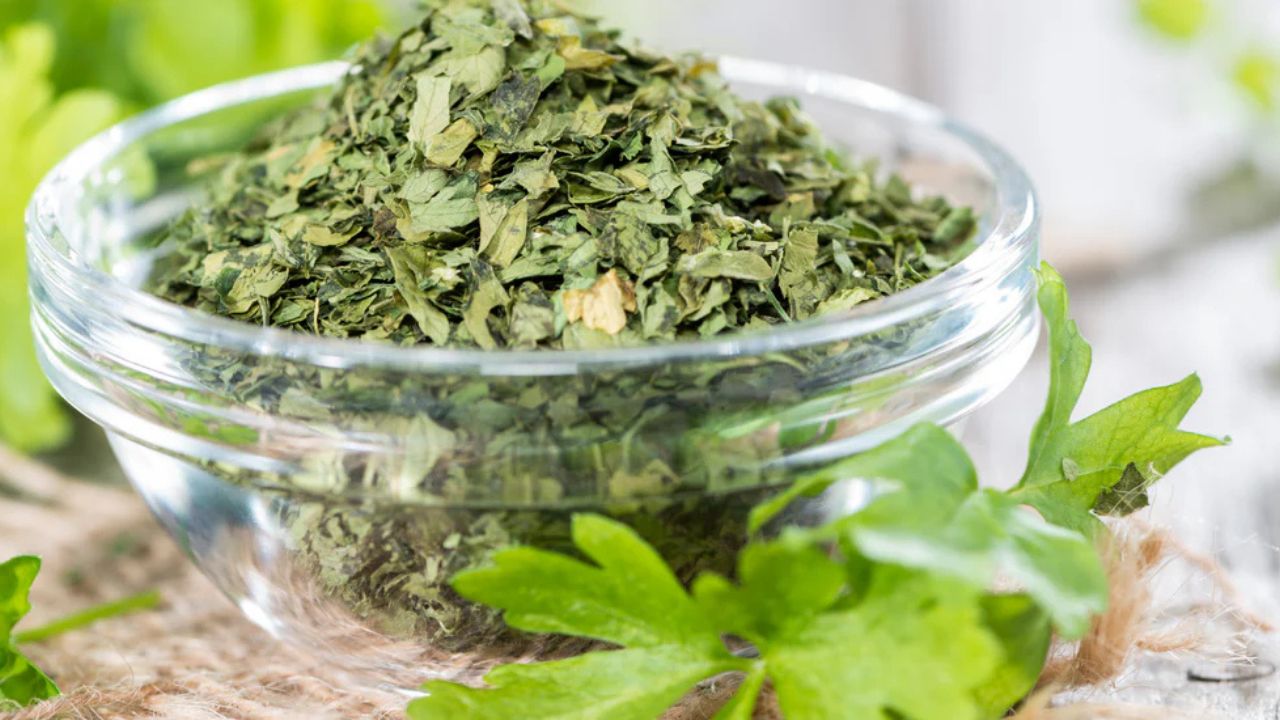Parsley drooping can be caused by a variety of factors, including overwatering, underwatering, insufficient sunlight, poor soil drainage, pest infestations, temperature stress, or nutrient deficiencies. Identifying the root cause is key to reviving your parsley.
This article provides insights into the common reasons for drooping and offers practical solutions to help you restore your plant’s health, ensuring it thrives in optimal conditions.
Why is My Parsley Drooping?
Parsley drooping is a common issue that can stem from several factors. Overwatering and underwatering are among the most frequent causes, both of which can lead to stressed roots and wilting leaves. Insufficient sunlight also weakens the plant, causing it to become leggy and fragile.
Additionally, poor soil drainage can create an environment where the roots suffocate or rot. Pest infestations, temperature stress, and nutrient deficiencies further complicate the plant’s health, making it important to address the root cause promptly. By diagnosing the issue and adjusting care, you can help your parsley thrive once again.
Overwatering or Underwatering
Signs of Overwatering
Overwatering is one of the most common causes of plant stress. When parsley receives too much water, the soil becomes saturated, leading to poor drainage. This excess moisture causes the roots to suffocate, resulting in yellowing leaves, soggy soil, and root rot.
Even if the plant appears wilting, it may still be a sign of overwatering rather than underwatering. To prevent this, ensure your parsley’s pot has proper drainage, and only water when the top layer of soil is dry to the touch.
Signs of Underwatering
On the other hand, underwatering can also cause parsley to droop. If the plant is not receiving enough water, the leaves will become dry, brittle, and may even turn crispy around the edges. The soil will feel dry and compact, making it harder for the roots to absorb moisture.
As a result, parsley will struggle to thrive, leading to slow growth and wilting. To avoid underwatering, water your parsley regularly, especially during warmer months, and ensure the soil remains slightly moist, not dry or soggy.
Lack of Sunlight
Ideal Sunlight for Parsley
Parsley thrives with 4 to 6 hours of direct sunlight each day. It prefers bright, indirect light, so placing it near a south-facing window or in a partially shaded outdoor spot works best.
Without enough light, parsley can become weak and leggy. If growing indoors with limited sunlight, consider using grow lights to ensure your parsley gets the energy it needs to flourish.
Poor Soil Drainage
Impact of Poor Drainage
Poor soil drainage can be detrimental to parsley. When the soil retains too much water, it can lead to root rot, as the roots are unable to breathe properly.
This excess moisture creates an environment conducive to fungal growth, which can weaken the plant and cause it to wilt, droop, or even die.
Parsley roots need good airflow, and poor drainage prevents this, ultimately stunting the plant’s growth and health.
Solutions for Better Drainage
To improve soil drainage, ensure your parsley is planted in a container with proper drainage holes. If you’re growing it in the ground, enrich the soil with organic matter like compost to enhance its structure and permeability.
You can also mix in sand or perlite to help the soil retain less water and allow it to drain more efficiently. Regularly check the soil moisture to avoid overwatering, and let the soil dry out slightly between waterings to maintain a healthy balance.
Common Pests Affecting Parsley
Parsley can attract pests like aphids, spider mites, and caterpillars. Aphids feed on the plant’s sap, causing leaves to curl and yellow. Spider mites leave fine webbing and cause speckling. Caterpillars, such as parsley worms, chew holes in the leaves, damaging the plant.
Signs of Pest Damage
Pest Infestation
Pest damage can be seen in distorted, yellowing leaves, holes, or chewed edges. You might also notice sticky residue from aphids or fine webs from spider mites. If pests are present, it’s crucial to act quickly to prevent further harm to the plant.
Temperature Stress
Ideal Temperature Range
Parsley thrives in moderate temperatures between 60°F and 70°F (15°C to 21°C). It can tolerate slightly cooler or warmer temperatures but struggles when exposed to extreme heat or cold.
In very hot conditions above 85°F (29°C), parsley may become stressed and start wilting, while temperatures below 40°F (4°C) can cause damage or kill the plant.
What to Do About Temperature Stress
To protect parsley from temperature stress, place it in a location with stable, moderate temperatures. During hot summer months, consider providing some shade during the hottest part of the day to prevent overheating.
In colder weather, bring potted parsley indoors or cover outdoor plants with a frost cloth to shield them from low temperatures. By keeping parsley within its ideal temperature range, you can ensure it stays healthy and continues to thrive.
Nutrient Deficiency
Signs of Nutrient Deficiency
Nutrient deficiencies can cause visible changes in your parsley’s appearance. If the plant lacks nitrogen, older leaves may yellow and the growth may be stunted.
A phosphorus deficiency can cause slow growth and dark green or purplish leaves. A potassium shortage often leads to yellowing at the leaf edges. Other symptoms may include pale leaves, poor root development, and a lack of new growth.
How to Correct Nutrient Deficiency
To address nutrient deficiencies, begin by using a balanced, all-purpose fertilizer to ensure your parsley receives essential nutrients.
Organic compost or well-rotted manure can also enrich the soil. If a specific deficiency is suspected, a targeted fertilizer with the missing nutrient (such as high-nitrogen or potassium-rich products) can help.
Regularly test your soil to monitor nutrient levels and adjust feeding schedules based on the plant’s needs. Additionally, ensure your parsley is in well-drained soil to allow for better nutrient absorption.
Related Questions People Often Ask:
Why is My Parsley Drooping?
Parsley may droop due to overwatering, underwatering, lack of sunlight, poor soil drainage, pest infestations, temperature stress, or nutrient deficiencies. Check the soil moisture, sunlight exposure, and the plant’s environment to identify and resolve the issue.
How Do I Know if My Parsley is Overwatered?
Signs of overwatering include yellowing leaves, soggy soil, and root rot. If your parsley is wilting despite wet soil, it’s likely due to overwatering. Ensure the pot has proper drainage and allow the soil to dry out before watering again.
Can Parsley Row in Low Light?
Parsley prefers bright, indirect sunlight for 4 to 6 hours daily. While it can survive in low light, it may become leggy and weak. Try moving your parsley to a sunnier spot or use grow lights to provide sufficient light for healthy growth.
How Can I Fix Yellowing Parsley Leaves?
Yellowing leaves can be caused by overwatering, nutrient deficiencies, or pests. Adjust watering practices, apply a balanced fertilizer, and check for pests to help restore your parsley’s health. Ensure it gets adequate sunlight and proper soil drainage.
Overall Reflection
Parsley drooping can result from overwatering, underwatering, poor sunlight, drainage issues, pests, temperature stress, or nutrient deficiencies. Identifying and addressing the specific cause will help revive your parsley and promote healthy growth.




